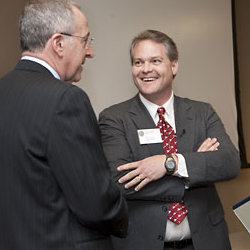BLOG@CACM
Changing Search Behavior on the World Wild Web
Enviro Scientists Call on Comp Scientists to Bridge Gap in Solving NP-Hard Problems
Cornell Economist Says Disaster Relief Workers Need AI Tools
More on Bridging the Gap Between Ecologists and Computer Scientists
Low-Cost Sensors Help People Turn ‘Green’
Matching Digital Photos to Identify Wildlife
Framing the Right Problem For Water Fowl
Scientists Convene at First Computational Sustainability Meeting
The Impact of APCS on Undergraduate CS Enrollment
Speech-Activated User Interfaces and Climbing Mt. Exascale
Helping Younger People Protect Themselves from Security Attacks
Only the Developed World Lacks Women in Computing
Media Computation: For Creativity and Surprises
Shape the Future of Computing
ACM encourages its members to take a direct hand in shaping the future of the association. There are more ways than ever to get involved.
Get InvolvedCommunications of the ACM (CACM) is now a fully Open Access publication.
By opening CACM to the world, we hope to increase engagement among the broader computer science community and encourage non-members to discover the rich resources ACM has to offer.
Learn More











